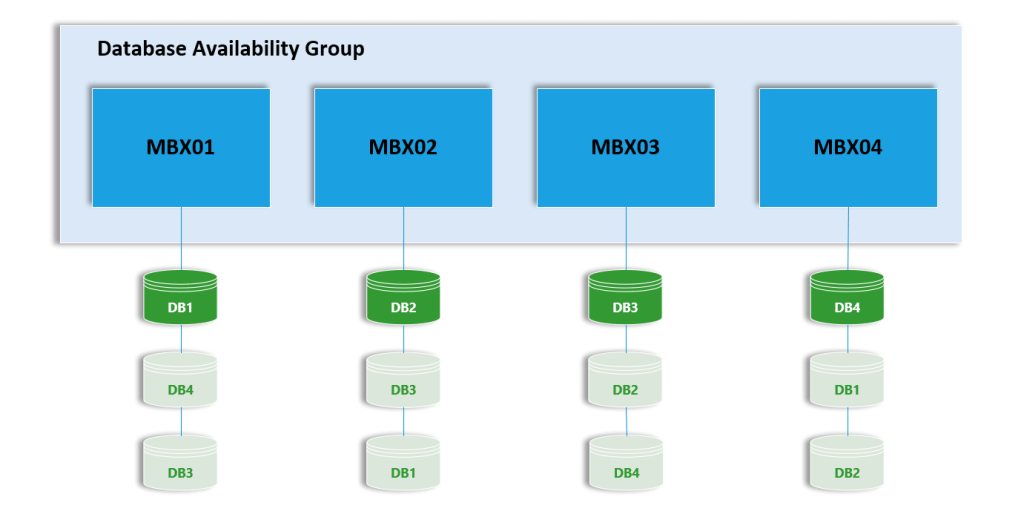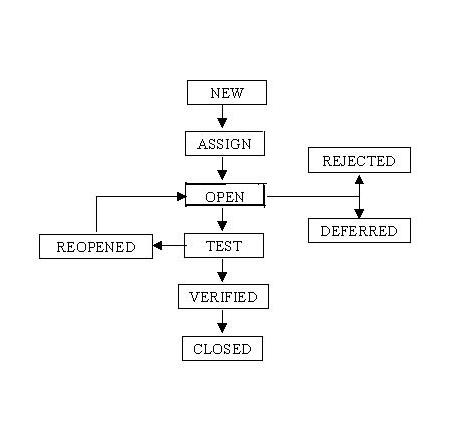
As the name suggests, performance testing is a testing method used to gauge the performance of your application. By carrying out performance testing, performance bottlenecks are discovered and eliminated, enhancing the system’s overall performance. It also helps to measure system load under specific circumstances.
The primary goal of performance testing is to check the software’s speed (which determines the speed of read/write operations), scalability (which helps identify system capacity), stability (Which determines performance over specific user load)
When a user wants to use your system then only features and functionality are not sufficient. System’s performance matters. If a system is not responding properly then the churn rate will be higher. Before doing performance testing, the tester won’t agree to the production release of any application. If any product is released beforehand, a company might lose some revenue. Now, let’s discuss some performance-testing strategies.
Table of Contents
Create a Performance Testing Environment
The best way to proceed further is by creating the best test environment. It is a must for any tester to identify required software, hardware, and other helpful resources like networks, testing tools, etc. While doing performance testing, you might need different servers with different specifications, test data, and network support. Then you can perform various tests on it.
If you want your application to eliminate performance issues then you need to test it through each scenario like lower database availability, failing of load balancer, auto scalability, network reliability, etc. So, for each test scenario, the tester needs to set up an appropriate test environment. Here, with the environment, test data generation is also important. Which is going to use while testing the application.

Simulate and Execute Load
Here, you play with the system’s load behavior and analyze all the outcomes. Load performance testing is done to check the application’s behavior under a specific load to ensure smooth and stable user flow. Executing load testing usually helps to identify the maximum user capacity, whether the current infrastructure is proper or not, system’s sustainability under a specific load. , concurrent user count.
Before execution of load testing, the system should be stable. After that large number of test data will be required to execute load testing. Now tester can simulate the load and check the system’s performance. The tester has proper details with exact figures to determine whether the test case is passed or failed.
Enhance Scalability
Scalability is much needed when your system is dealing with non-concurrent user flow. For some time it will be high time it reduced significantly. So, building a strategy for scaling up or down is good for saving and getting net revenue higher. If you set an infra that adopts auto-scalability then it will be beneficial for the entire application.
Sometimes if users exceed the limit then you can show an appropriate message so that users won’t get frustrated, which is part of the scalability enhancement strategy. Apart from that tester will consider request/response time, request per specific time frame, CPU and memory usage, and throughput.
Test Stress Conditions
The goal of testing the stress conditions is to determine the robustness and error-handling capabilities of a system under certain parameters. It validates the reliability of an application. For example, if a user uploads a 5 GB file but our storage is the max of 2 GB then it will get crashed.
Generally, stress conditions is happening during pick time. For e-commerce type pick time is a festival season or for a news website, pick time is when something major event occurred. Image at that time if your system went down then how big is the loss amount? For such types of situations, stress testing is a must and you need to define some strategy to make your application defect free.
Analyze and Execute Test Results
So, in this strategy, you are going to execute the test cases which you prepared. Testing will take lots of time due to you need to test it with different data or environments. The tester will analyze all the test results and compare them with the actual artifacts. During the execution, vague terms like heavy load, auto-scalable, network utilization, etc. are replaced by proper units/numbers. Engineers or testers set all that numbers as per the project’s requirements and approve them with stakeholders.
After the test result, analysis is a must. Here, the tester identifies the defects or bottleneck and report them directly to the concerned team. The tester team also sorts defects in various levels like critical, low priority, etc.

As you can see, this is the basic flow chart of a defect. Based on mutual understanding if everything goes well, the product will be released and it is available for end users.
Conclusion
As you can see the importance of performance testing. It helps stakeholders understand a system’s performance and the risk attached to it. Having a good strategy allows you to set benchmarks for each test like speed, load, concurrent user count, etc. There are many tools available for carrying out performance testing. You can finalize one and get the most out of it. Having a good performance testing strategy will give you the best testing result and your system will be bug-free.
